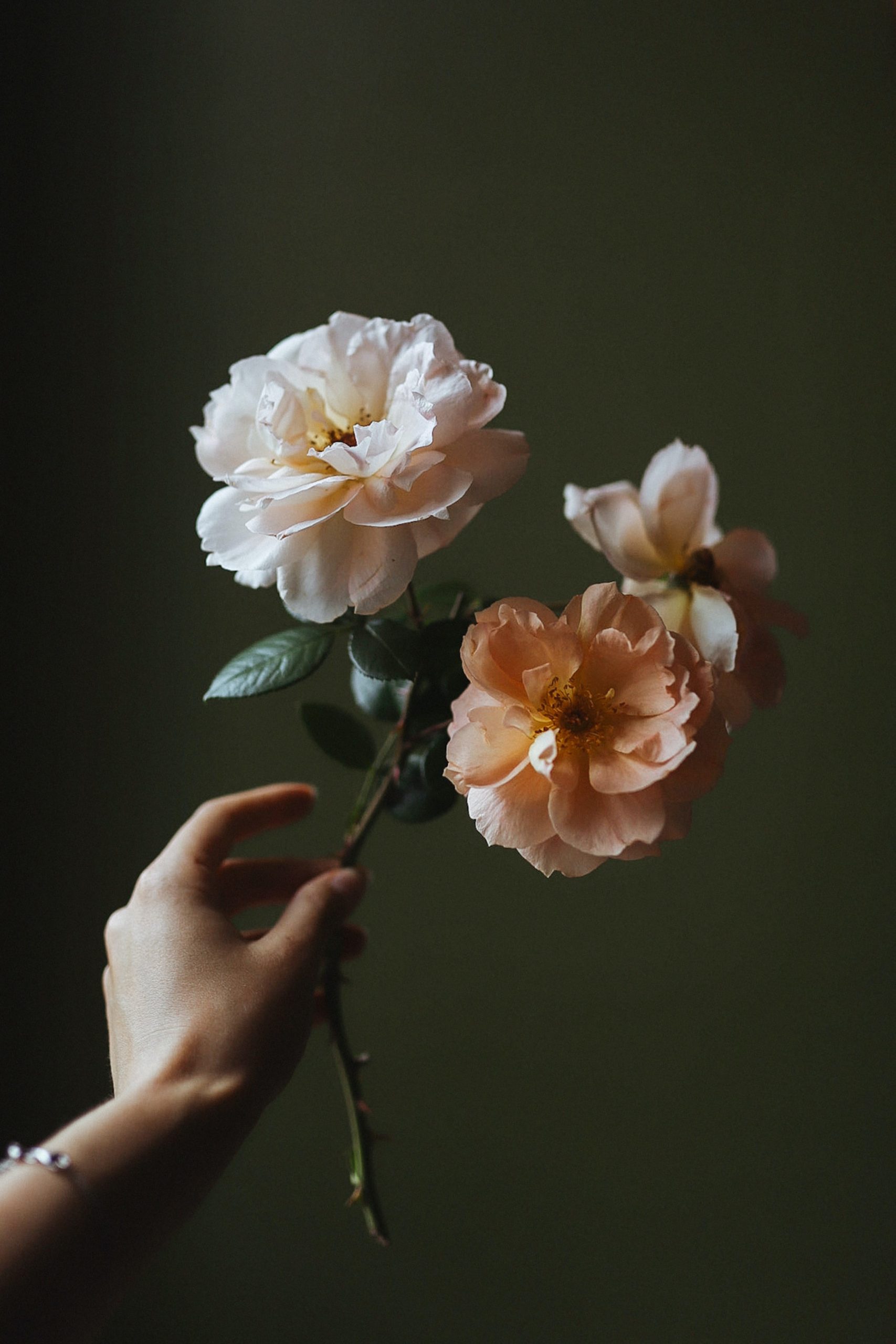I’VE ALWAYS LIKED THE IDEA of one person giving another flowers that might appear to others to be just a casual bouquet, but with the power to communicate secrets only the recipient could understand. As I was writing The Walled Garden, I realized I needed a code that two gardeners might use in their letters to one another, and I became fascinated by the Language of Flowers. In a famously restrictive age, using flowers to communicate wordlessly seemed so Victorian, I could just imagine some poor frustrated soul inventing this whole elaborate deal just to be able to tell his or her beloved “I love you” or “Meet me in the garden at midnight” without scandalously jeopardizing their social standing.
But as I did more reading, I realized I’d been thinking in clichés, like, oh those poor repressed Victorians, they really needed help. I found that the history of the Language of Flowers was so much deeper and more complex than I’d realized.
Of course, plants and flowers have been used as symbols as far back as the Bible, but it was fun to discover that authors as varied as Shakespeare, Jane Austen, Charlotte and Emily Brontë, Frances Hodgson Burnett, John Steinbeck, J.K. Rowling, and Agatha Christie have all used the Language of Flowers in their writings.
I discovered that floriography (aka the Language of Flowers) actually began in the Middle East in the 17thcentury. But it didn’t become popular in the West till the Victorian era. So it wasn’t actually invented by the Victorians as I’d always thought; they simply “discovered” it and used it. One of the most well-known versions of The Language of Flowers is Routledge’s edition, illustrated by Kate Greenaway and first published in 1884. It was a vintage copy of this edition, which my dear friend Sue found at Portobello Road market in London and brought home for me, which I ultimately gave to my character, Elizabeth Blackspear, in The Walled Garden.
Over time, certain flowers became commonly associated with certain emotions, like red roses for Love, olive branches for Peace, and cypress for Death or Grief. But many flowers have varying meanings, depending on which version of the Language of Flowers you’re using. In some, daisies mean Innocence, but in others, Attachment. Some of these changes were the result of printing, transcription or translation errors, and some were because different countries had different names for the same flower. Based on my experience of working with the Language of Flowers, I’d guess there were people along the way who found their own ways to use flowers to send messages, some of which became “official,” and many that didn’t.
In eras when women could not even go out in public without a chaperone and being seen speaking to a man in private could lead to marriage (or “ruin,” i.e. the woman’s reputation being irreversibly compromised), the need for alternate means of communication would have been crucial. There are always letters, but the problem with letters is that they need someone to deliver them—and of course, there’s always the chance they might be intercepted and read by others.
But somehow, flowers are always appropriate—seemingly benign, but actually incredibly powerful. If you could use a harmless-looking bouquet of yellow chrysanthemums to say “Love is over” or a handful of red carnations to dramatically announce to your beloved, “Alas! for my poor heart”, why wouldn’t you?!
When I discovered that there’s a certain rose that means “If you love me, you will find it out”, I had to use it in my novel! Then I started to wonder what would happen if someone created a whole garden based on Language of Flowers meanings—a much trickier proposition since gardens alter so much over time. Other problems arose because there weren’t flowers to say everything my character wanted to say, and also that both the giver and the recipient have to be going off the same playbook or the message could go horribly wrong, or worse, never be received at all.
So, there’s a little plot teaser for The Walled Garden!
And now that we find ourselves already in the festive season, and since I love reading seasonally, in my next post, I’d like to turn my attention to Christmas books. In the meantime, tell me what you wish you could say to someone with flowers, or better yet, send me a message in the Language of Flowers!

This is a fascinating subject and one I knew nothing about. My favorite flower is the tulip, which I just found out means “deep love” or, to the Victorians, “charity”. I also learned that different colored roses have different meanings: red roses symbolize love and romance; yellow roses symbolize friendship; pink roses symbolize admiration, gratitude and joy; etc.
Could a mixed bouquet communicate broader thoughts and feelings? Is that how it works?
At any rate, beautifully written blog, and I’m sending you a bouquet of yellow roses!
I’m glad you were inspired to investigate the Language of Flowers — I find it endlessly amusing to play around with. I love tulips too, and agree they’re most beautiful while they’re still tightly closed — almost secretive. And yes, I think a mixed bouquet could have been meant to communicate broader thoughts and feelings. I suppose the possibilities of it being misinterpreted probably increase with the number of different kinds of flowers you use, but sometimes that can be true of words too! Thank you so much for the bouquet of yellow roses — they’re beautiful!
I didn’t know much about the language of flowers before reading this blog. My favorite flower is the tulip, which I just learned is symbolic of deep love (or, to the Victorians, charity). I just adore the flower’s symplicity and “quietness”…it doesn’t beg to be noticed, doesn’t grow too high, looks best among its own ilk. And, in my opinion, it it the most beautiful, unlike many flowers, before it opens up, when it is tightly rolled into itself.